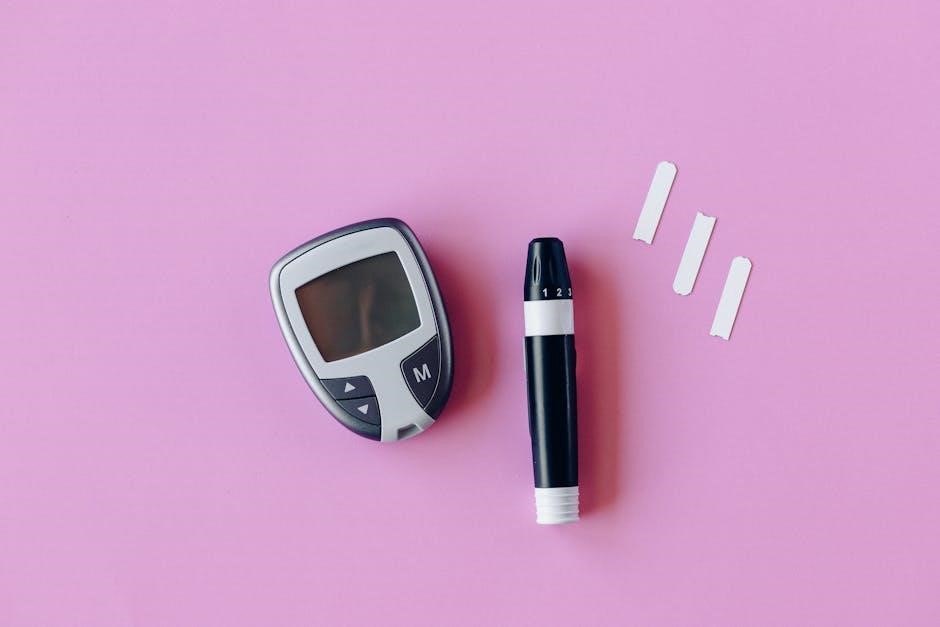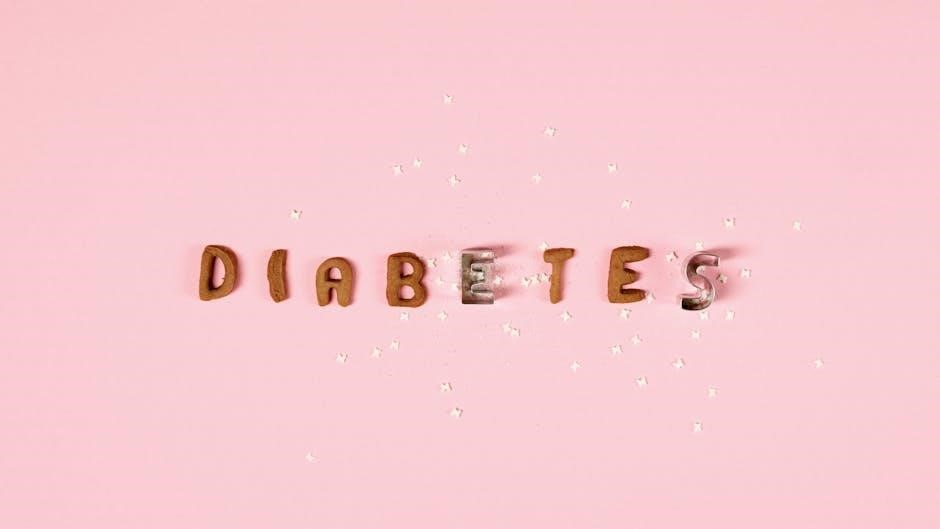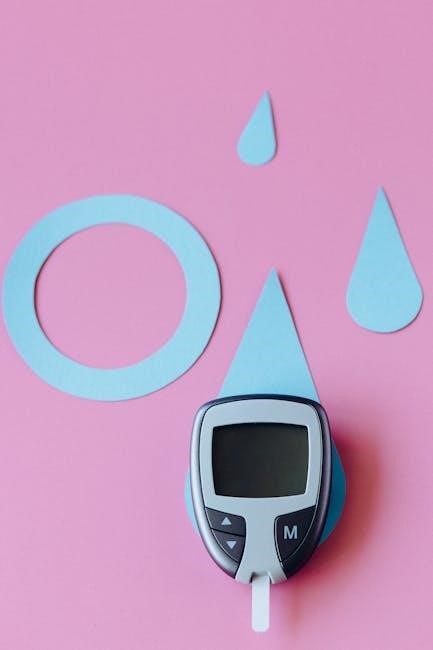For individuals embracing the Blood Type A Negative diet, PDF resources offer invaluable guidance. These lists comprehensively detail recommended and restricted foods, streamlining meal planning and grocery shopping for optimal adherence.
The Blood Type Diet, popularized by Dr. Peter J. D’Adamo, proposes that one’s blood type influences how the body processes food. It suggests aligning dietary choices with your specific blood type to optimize health and well-being. Proponents believe that different blood types metabolize food differently. Following a tailored diet, such as the Blood Type A Negative diet, may lead to improved digestion, increased energy levels, and even weight management. This approach stems from the idea that certain foods react differently with each blood type. These reactions can affect nutrient absorption and overall physiological function. While controversial, the Blood Type Diet has garnered attention as a personalized nutritional strategy. It encourages individuals to consider how their blood type might influence their dietary needs and preferences. For those with Blood Type A Negative, understanding the recommended and restricted foods is key. This understanding can be greatly enhanced through resources like Blood Type A Negative food list PDFs, which offer a quick and easy reference guide.

Blood Type A Negative Diet: An Overview
The Core Principle: Blood Type and Food Metabolism
At the heart of the Blood Type Diet lies the belief that your blood type plays a significant role in how your body metabolizes food. This theory suggests that certain proteins, called lectins, found in various foods, interact differently with each blood type. These interactions can either promote or hinder the body’s ability to digest and utilize nutrients effectively. For individuals with Blood Type A Negative, this principle emphasizes a predominantly plant-based diet. This diet is thought to be more compatible with their digestive system. The diet prioritizes foods that are easily broken down and absorbed. This process can minimize potential adverse reactions. Understanding this core principle is crucial for those following the Blood Type A Negative diet. It can be further aided by consulting resources like Blood Type A Negative food list PDFs. These PDFs offer clear guidelines on which foods to favor and avoid.

Foods to Avoid for Blood Type A Negative
Those with Blood Type A Negative should limit meat and poultry. These can be difficult to digest. Consulting a Blood Type A Negative food list PDF can help clarify choices.

Meat and Poultry Restrictions
Individuals with Blood Type A Negative adhering to the Blood Type Diet are generally advised to significantly reduce or eliminate meat and poultry from their dietary intake. This recommendation stems from the belief that Type A individuals have a digestive system less adapted to efficiently process animal proteins, potentially leading to digestive discomfort, reduced energy levels, and increased risk of certain health issues.
Specifically, red meats like beef and lamb are often discouraged due to their high fat content and the longer digestive time required. Poultry, while sometimes considered a slightly better option, is still recommended to be consumed sparingly. Processed meats such as bacon, sausage, and deli meats are strongly discouraged due to their high sodium and preservative content.

For a comprehensive understanding of suitable alternatives and specific restrictions, consulting a Blood Type A Negative food list PDF is highly recommended. These resources provide detailed guidance on meat and poultry options to avoid and highlight plant-based protein sources that are more beneficial for individuals with this blood type.
Dairy Products: Limiting Consumption
For individuals following the Blood Type A Negative diet, limiting the consumption of dairy products is generally recommended. This restriction is based on the theory that people with Type A blood may have difficulty digesting dairy efficiently, potentially leading to inflammation and digestive issues. The rationale suggests that the antigens in dairy products can cause adverse reactions in individuals with this specific blood type.
While complete elimination may not be necessary for everyone, moderation is key. Hard cheeses, whole milk, and ice cream are often cited as dairy items to consume sparingly. However, some fermented dairy products like yogurt or kefir may be better tolerated in small amounts due to their probiotic content, which can aid in digestion.
Individuals are encouraged to explore dairy-free alternatives such as almond milk, soy milk, or rice milk to meet their calcium and nutritional needs. A Blood Type A Negative food list PDF can offer specific guidance on which dairy products to avoid and suggest suitable substitutes for a balanced and healthy diet tailored to this blood type.
Certain Seafood to Avoid
The Blood Type A Negative diet often advises caution when consuming certain types of seafood. This recommendation stems from the belief that some seafood varieties contain lectins or proteins that may not be well-tolerated by individuals with Type A blood, potentially interfering with digestion and nutrient absorption. While seafood is generally a healthy source of protein and omega-3 fatty acids, specific types are thought to be more problematic than others.
Generally, shellfish such as shrimp, crab, and lobster are often listed as foods to avoid or consume sparingly. Some finned fish, like sole, may also be restricted. However, not all seafood is off-limits. Certain types of fish, such as cod, salmon, and trout, may be better tolerated and can be included in moderation as part of a balanced diet.
For precise guidance on which seafood options are most suitable, consulting a Blood Type A Negative food list PDF is highly recommended. These resources typically provide detailed recommendations, helping individuals make informed choices about their seafood consumption while adhering to the principles of the Blood Type diet.

Foods Recommended for Blood Type A Negative
The A Negative diet emphasizes vegetarianism, promoting optimal health through plant-based foods. Vegetables, fruits, legumes, and grains are key components, supporting digestion and overall well-being for those with this blood type;
Emphasis on Vegetarianism
For individuals with Blood Type A Negative, a shift towards vegetarianism is strongly encouraged within the diet plan. This recommendation stems from the belief that those with Type A blood have digestive systems better suited to processing plant-based foods rather than heavy meats.

The emphasis on vegetarianism doesn’t necessarily mean complete elimination of all animal products, but rather a significant reduction, prioritizing vegetables, fruits, and grains. This approach aligns with the theory that Type A individuals thrive on a diet rich in natural, unprocessed foods.
By focusing on plant-based protein sources like legumes and beans, and incorporating a wide variety of colorful produce, individuals can support their overall health and well-being. This dietary shift aims to optimize digestion, enhance energy levels, and potentially contribute to weight management, according to Blood Type diet principles.
Consulting a Blood Type A Negative food list PDF can further guide individuals in making informed food choices that align with this recommended dietary approach.
Beneficial Vegetables and Fruits
For individuals following the Blood Type A Negative diet, incorporating a wide array of specific vegetables and fruits is highly beneficial. These foods are believed to be easily digestible and contribute positively to overall health and well-being, aligning with the dietary recommendations for this blood type.
Certain vegetables, such as broccoli, carrots, and spinach, are particularly emphasized due to their nutrient density and compatibility with the Type A digestive system. Similarly, fruits like berries, plums, and figs are often recommended as they provide essential vitamins, minerals, and antioxidants.
It’s important to consult a detailed Blood Type A Negative food list PDF to identify the most advantageous options and understand any potential limitations or avoidances. This resource can guide individuals in making informed choices when planning meals and snacks, ensuring they are maximizing the potential benefits of this dietary approach.
By prioritizing these beneficial vegetables and fruits, individuals can support optimal digestion, enhance their immune system, and promote overall vitality, in accordance with the principles of the Blood Type diet.
Legumes and Beans as Protein Sources
Given the emphasis on vegetarianism within the Blood Type A Negative diet, legumes and beans emerge as vital protein sources. These plant-based options offer a wealth of nutrients and support overall health, aligning perfectly with the dietary guidelines recommended for this blood type.
Specific legumes and beans, such as lentils, black beans, and kidney beans, are often highlighted as particularly beneficial due to their digestibility and compatibility with the Type A digestive system. They provide essential amino acids, fiber, and minerals, contributing to muscle maintenance, satiety, and overall well-being.
To navigate the selection process effectively, consulting a comprehensive Blood Type A Negative food list PDF is highly recommended. This resource offers detailed guidance on which legumes and beans are most suitable and may highlight any potential limitations or foods to avoid.
By incorporating a variety of legumes and beans into their diet, individuals can ensure they are meeting their protein requirements while adhering to the principles of the Blood Type A Negative diet, promoting optimal health and vitality through plant-based nutrition.
Comprehensive Blood Type A Negative food list PDFs are readily available online, providing a detailed guide to navigate dietary choices and optimize health according to the principles of this dietary approach.
Blood Type A Negative Food List PDFs
Navigating the Blood Type A Negative diet can be simplified with access to reliable resources, and Blood Type A Negative food list PDFs are a prime example. These downloadable documents offer a convenient and comprehensive overview of foods categorized as beneficial, neutral, or to be avoided for individuals with this specific blood type. They serve as a quick reference guide for meal planning, grocery shopping, and making informed dietary decisions.
These PDFs often draw upon the research and recommendations of Dr. Peter J. D’Adamo, the originator of the blood type diet, and provide a structured framework for understanding the dietary principles. They typically include detailed lists of various food groups, such as meats, seafood, vegetables, fruits, legumes, grains, and dairy, with clear indications of their suitability for Blood Type A Negative individuals. By consulting these PDFs, followers of the diet can easily identify foods that align with their needs, promoting optimal health and well-being as advocated by the blood type diet theory.

Resources for Blood Type A Negative Diet
Cookbooks and Guides by Dr. Peter J. D’Adamo
For those deeply committed to the Blood Type A Negative diet, the cookbooks and guides authored by Dr. Peter J. D’Adamo, the creator of the blood type diet theory, offer a wealth of knowledge and practical advice. These resources go beyond simple food lists, providing a comprehensive understanding of the principles behind the diet and how it relates to individual blood types.
D’Adamo’s books typically include detailed explanations of the science (or lack thereof, depending on the source) behind the diet, as well as extensive lists of recommended and restricted foods for each blood type. Furthermore, they often feature delicious and easy-to-follow recipes specifically tailored to each blood type, making it easier to incorporate the diet into daily life. These cookbooks and guides serve as valuable companions for individuals seeking to optimize their health through personalized nutrition based on their blood type, as interpreted by D’Adamo’s research.
The Blood Type A Negative diet, like all blood type diets, faces scrutiny regarding scientific validation. Many experts question the underlying claims and lack of robust evidence supporting its effectiveness and long-term health benefits.
Scientific Evidence and Validation of the Diet
The Blood Type Diet, particularly for Blood Type A Negative, hinges on the concept that specific blood types process food differently, impacting health. However, the scientific community expresses skepticism regarding this theory. Numerous studies have challenged its core principles, finding limited evidence to support the claim that adhering to a blood type-specific diet yields significant health advantages.
Critics highlight the absence of rigorous, large-scale clinical trials demonstrating the diet’s efficacy in weight loss, disease prevention, or overall well-being. While anecdotal reports and testimonials exist, they lack the scientific rigor necessary to validate the diet’s claims. Furthermore, some experts argue that any perceived benefits may stem from factors unrelated to blood type, such as increased awareness of food choices and a shift towards healthier eating habits. The consensus suggests further research is needed.

Considerations and Criticisms
Potential Benefits and Drawbacks
Adopting the Blood Type A Negative diet, primarily plant-based, may offer potential benefits such as increased intake of fiber, vitamins, and antioxidants. This dietary shift can contribute to improved digestion, weight management, and reduced risk of chronic diseases like heart disease and type 2 diabetes. Furthermore, heightened awareness of food choices can lead to healthier eating habits overall. However, potential drawbacks exist.

Strict adherence to the diet may result in nutrient deficiencies, particularly if not carefully planned. Restricting meat and dairy could lead to inadequate intake of iron, vitamin B12, and calcium. Additionally, the diet’s restrictive nature might be challenging for some individuals to maintain long-term, potentially leading to feelings of deprivation or social isolation. Consulting a healthcare professional or registered dietitian is crucial before initiating any significant dietary changes to mitigate risks and ensure adequate nutrient intake.

Leave a Reply
You must be logged in to post a comment.